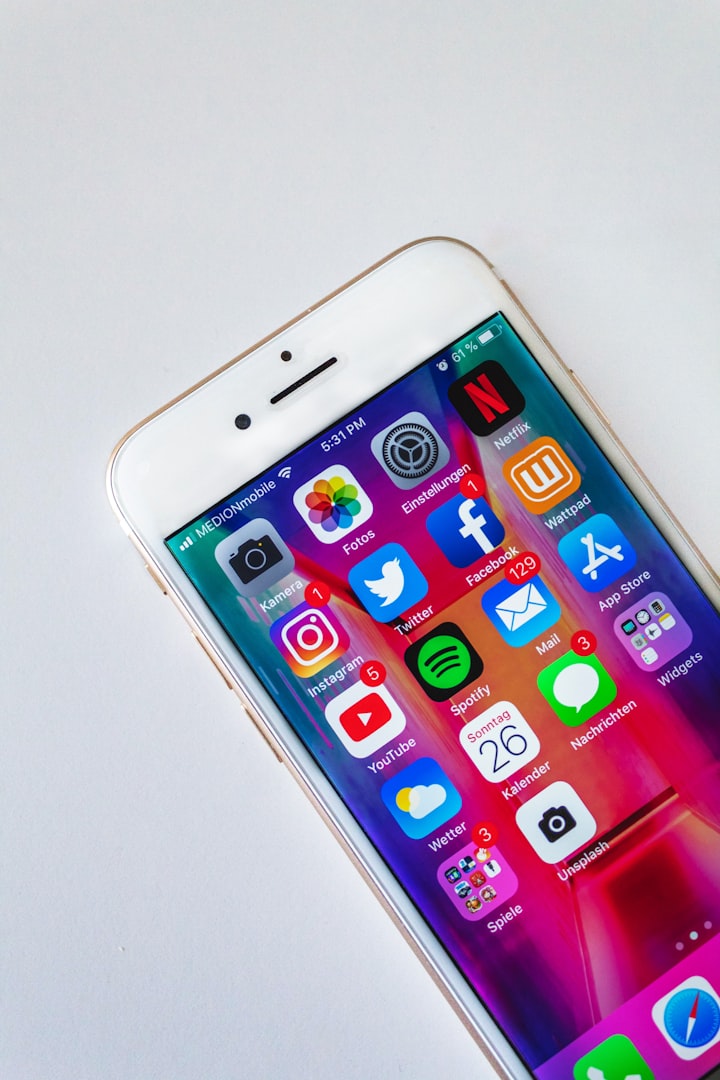Navigating the Social Media Landscape: Harnessing the Power and Mitigating the Challenges
Mastering the Social Media Maze: Nurturing Well-being in the Digital Age

In today's interconnected world, social media has become an integral part of our daily lives. It has revolutionized the way we communicate, share information, and connect with others. However, the impact of social media extends far beyond its surface-level benefits. This article explores the dynamic landscape of social media, shedding light on its influence on individuals, society, and mental well-being, while providing insights on how to navigate its complexities.
1. The Rise of Social Media: A Global Phenomenon
Social media platforms, such as Facebook, Instagram, Twitter, and YouTube, have reshaped the way we engage with information and interact with others. These platforms have transcended geographical boundaries, connecting people from diverse backgrounds and enabling the exchange of ideas on a global scale.
The accessibility and user-friendly nature of social media have democratized content creation, giving individuals the power to express themselves, share their stories, and build communities around shared interests. Social media has become a powerful tool for activism, education, entertainment, and business growth.
2. The Benefits of Social Media: Opportunities for Connection and Empowerment
Social media offers a myriad of benefits, fostering connectivity, empowerment, and creativity:
a) Communication and Networking: Social media platforms facilitate instant communication, enabling individuals to connect with friends, family, and acquaintances across the globe. It has also become a vital tool for professional networking, creating opportunities for collaboration and career advancement.
b) Access to Information and Education: Social media acts as a gateway to a vast pool of information and educational resources. It allows individuals to stay updated on current events, discover new perspectives, and access educational content in various formats.
c) Community Building and Support: Social media provides a platform for individuals to find like-minded communities, seek support, and raise awareness about social causes. It can offer solace and a sense of belonging, particularly for marginalized groups.
d) Creative Expression and Entrepreneurship: Social media platforms have empowered creators, artists, and entrepreneurs to showcase their work, reach a broader audience, and build their brand. It offers a platform for creative expression and the potential to monetize their skills.
3. The Dark Side of Social Media: Navigating Challenges and Protecting Well-being
Despite its many benefits, social media also presents challenges and potential pitfalls:
a) Comparison and Self-Esteem: The curated nature of social media feeds can lead to comparison and feelings of inadequacy. It is important to remember that social media often portrays idealized versions of people's lives, and cultivating self-esteem requires a balanced perspective.
b) Cyberbullying and Trolling: The anonymity provided by social media can foster negative behavior, such as cyberbullying, hate speech, and trolling. Establishing strong privacy settings, reporting abusive content, and engaging in positive online behavior are crucial in combating these issues.
c) Information Overload and Misinformation: The abundance of information on social media can lead to information overload and the spread of misinformation. Critical thinking, fact-checking, and following reliable sources are essential for staying well-informed.
d) Digital Well-being and Mental Health: Excessive use of social media can have negative impacts on mental health, including feelings of isolation, anxiety, and depression. Setting boundaries, practicing digital detoxes, and prioritizing real-life connections are crucial for maintaining digital well-being.
4. Navigating Social Media Mindfully: Best Practices for a Healthy Relationship
To navigate social media effectively and promote well-being, consider the following tips:
a) Establish Healthy Habits: Set boundaries for social media usage, such as designated screen-free times or limiting scrolling time. Prioritize real-life interactions and activities that bring joy and fulfillment.
b) Curate Your
Feed: Be mindful of the content you consume. Follow accounts that inspire and uplift you, and unfollow or mute accounts that generate negativity or impact your mental well-being.
c) Engage Consciously: Contribute positively to the social media ecosystem. Share meaningful content, engage in respectful discussions, and support others' endeavors.
d) Practice Digital Literacy: Develop critical thinking skills to identify misinformation and fake news. Verify information before sharing, and rely on trusted sources.
e) Seek Support: If social media usage negatively impacts your mental well-being, reach out to friends, family, or mental health professionals for support.
Conclusion:
Social media has undeniably transformed our lives, offering unprecedented opportunities for connection, expression, and empowerment. However, it is essential to navigate this digital landscape mindfully, balancing its benefits with potential challenges. By adopting healthy habits, conscious engagement, and digital well-being practices, we can harness the power of social media while protecting our mental and emotional well-being in this evolving digital era.






Comments
There are no comments for this story
Be the first to respond and start the conversation.